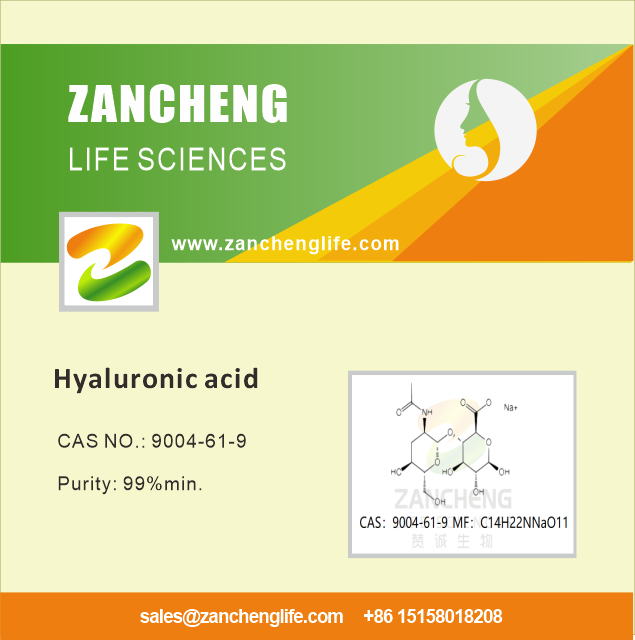What are some common types of cosmetic raw materials and their functions?
Introduction:
Cosmetic ingredients, also known as cosmetic raw materials, are the building blocks of beauty and personal care products. These ingredients contribute to the formulation and functionality of cosmetic products, playing a vital role in achieving desired effects on the skin, hair, and nails. In this article, we will explore some common types of cosmetic raw materials and their functions, shedding light on the diverse range of ingredients used in the beauty industry.
Emollients:
Emollients are ingredients that provide moisturizing and softening effects on the skin. They help to smooth and lubricate the skin's surface, reducing dryness and enhancing its appearance and texture. Common emollients include natural oils like jojoba oil and coconut oil, as well as synthetic ingredients like silicone-based compounds.
Surfactants:
Surfactants are responsible for creating foam, lather, and cleansing effects in cosmetic products. They help to remove dirt, oil, and impurities from the skin and hair. Surfactants can be found in various beauty products, including shampoos, body washes, and facial cleansers. Examples of surfactants include sodium lauryl sulfate (SLS) and cocamidopropyl betaine.
Humectants:
Humectants are ingredients that attract and retain moisture from the environment, helping to keep the skin hydrated. They enhance the skin's ability to retain water, preventing dryness and promoting a smoother, more supple appearance. Common humectants used in cosmetics include glycerin, hyaluronic acid, and sorbitol.
Antioxidants:
Antioxidants are ingredients that help protect the skin against free radicals, which can cause damage and premature aging. They help to neutralize these harmful molecules, reducing the oxidative stress on the skin. Antioxidants commonly found in cosmetic products include vitamins C and E, green tea extract, and resveratrol.
Preservatives:
Preservatives are essential in cosmetics to prevent microbial growth and maintain product integrity and safety. They help to extend the shelf life of cosmetic products, ensuring that they remain free from harmful bacteria, fungi, and other microorganisms. Examples of preservatives used in cosmetics include phenoxyethanol, parabens, and benzyl alcohol.
Colorants:
Colorants are ingredients used to impart color to cosmetic products, adding aesthetic appeal and enhancing the product's visual appearance. They can be natural or synthetic and are used in a variety of cosmetics, including lipsticks, eyeshadows, and blushes. Common colorants include iron oxides, titanium dioxide, and ultramarines.
Thickeners:
Thickeners are used to increase the viscosity and improve the texture and consistency of cosmetic products. They help to provide stability and prevent the separation of ingredients. Thickeners can be natural, such as gums and plant extracts, or synthetic, such as carbomers and acrylates.
Fragrances:
Fragrances are ingredients added to cosmetic products to provide a pleasant scent. They enhance the sensory experience of using the product and can evoke specific emotions or associations. Fragrances can be derived from natural sources like essential oils or created synthetically to mimic various scents.
UV Filters:
UV filters are ingredients that protect the skin from the damaging effects of ultraviolet (UV) radiation from the sun. They help to prevent sunburn, premature aging, and the risk of skin cancer. Common UV filters used in sunscreens and other UV-protective products include zinc oxide, titanium dioxide, and chemical filters like avobenzone and octinoxate.
Actives:
Active ingredients are substances that provide specific therapeutic or cosmetic benefits to the skin or hair. They target specific concerns like acne, aging, hyperpigmentation, or hair loss. Examples of active ingredients include retinol, niacinamide, hyaluronic acid, and salicylic acid.
Conclusion:
Cosmetic raw materials encompass a wide range of ingredients that serve various functions in beauty and personal care products. From emollients and surfactants to antioxidants and preservatives, each ingredient contributes to the formulation and performance of cosmetics. Understanding the functions of these ingredients helps consumers make informed choices and select products that meet their specific needs and preferences. The diverse range of cosmetic raw materials enables the beauty industry to create innovative and effective products that enhance the appearance and well-being of individuals.
171
0
0
All Comments (0)
If you are interested in sending in a Guest Blogger Submission,welcome to write for us!





Comments